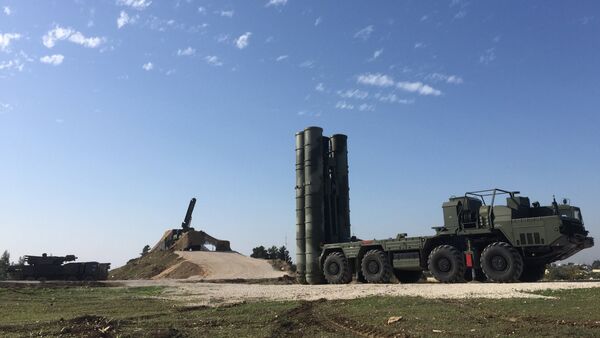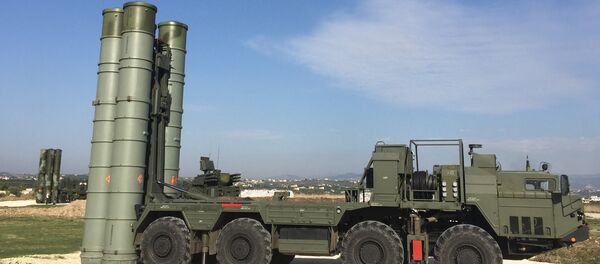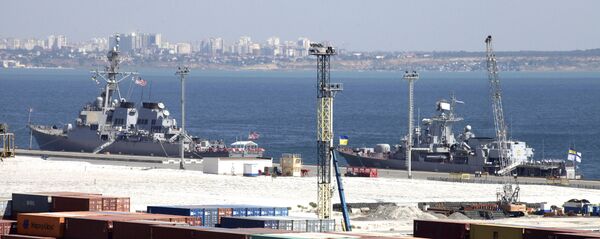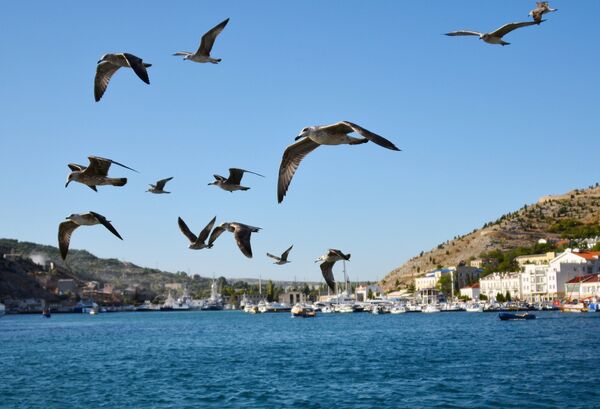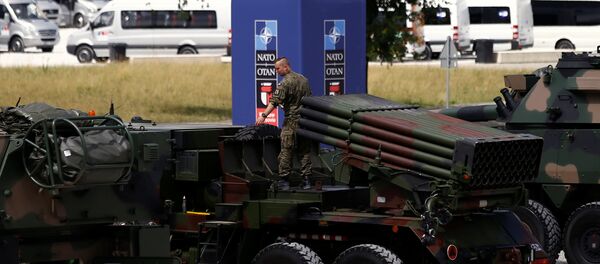The former has the S-300 (NATO reporting name SA-10 Grumble) long range surface-to-air missile system at its disposal. The latter will receive the S-400. Russia's powerful over-the-horizon Podsolnukh (Sunflower) radar capable of detecting and tracking stealth fifth-generation planes has also been deployed to the region.
Crimea's current air defense system might not seem as formidable as the one the Black Sea Peninsula used to have prior to 1991, but this is not the case. "The S-300PM and the S-400 systems are far superior in terms of their efficiency and fire power to those anti-missile systems that used to be deployed to the area" during the Cold War, the media outlet noted.
Russia's decision to transport an S-400 regiment to Crimea was unveiled on Friday. Lt. Col. Eugene Oleynikov, deputy commander of the 18th anti-aircraft missile regiment of the 31st Air Defense Division, said that the deployment will take place right after preliminary live fire exercises are over.
Colonel General Igor Maltsev maintained that Russia has sent a message to Washington by installing the S-400 in Crimea.
"What airborne weapons pose a threat to us at this operational theater? Saying that Bulgaria or Romania's air forces are a force to be reckoned with is out of question. Turkey will hardly ever consider sparking an overt conflict with Russia. I think, that the S-400 deployment to Crimea is meant to prevent the United States from staging any provocations" in the region, he told Gazeta.ru.
The S-400 deployment to Crimea is part of a major rearmament plan that has been in place since the Black Sea Peninsula joined Russia following the March 2014 referendum, first deputy chairman of the defense and security committee in the Federation Council of Russia Franz Klintsevich said.
"As soon as Crimea became part of Russia, a decision was made to rearm and enhance military capabilities of the armed forces assigned to the Black Sea Fleet," he explained. "This process is going as planned."

